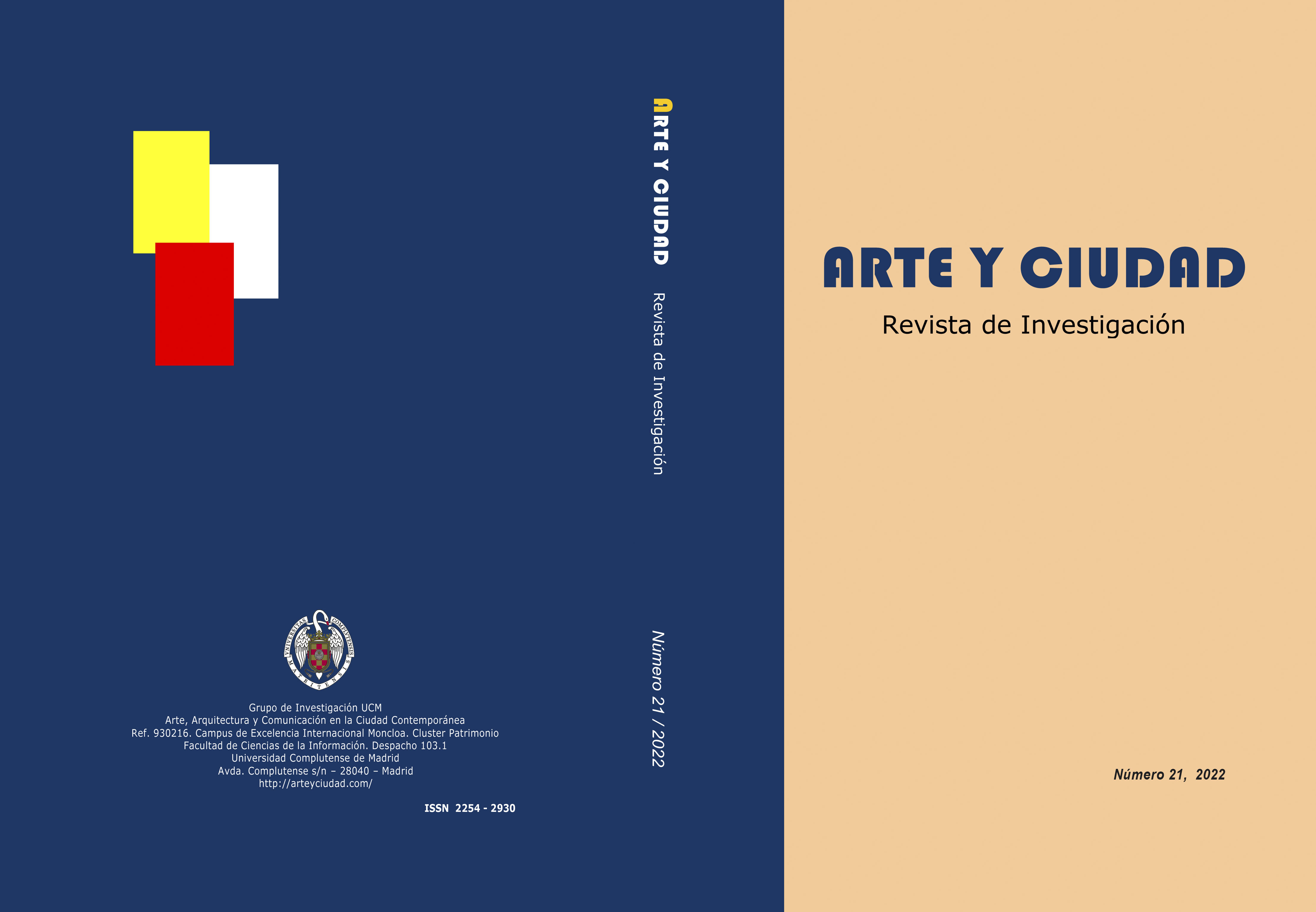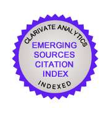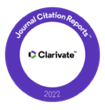Urban Folds. Pablo Palazuelo at the Open Air Sculpture Museum on Paseo de la Castellana
DOI:
https://doi.org/10.22530/ayc.2024.26.666Keywords:
design process, architectural drawing, model, esculpture, geometric art, urban design, Pablo PalazueloAbstract
This article explores the architectural influence on the sculptural and urban work of the artist Pablo Palazuelo, despite not being able to complete his studies at Oxford due to the Spanish Civil War. It focuses on his work for the Open Air Sculpture Museum on Paseo de la Castellana, Madrid (1977-1978), by investigating his working process through sketches and writings of the artist. His travels and theoretical foundations are analyzed, highlighting both his syncretism between Western and Eastern cultures and his search for a new geometry. The transition to sculpture influenced by Russian constructivists and his attempts to integrate architectural elements into his work are also examined, including collaborations with engineers, architects, and other artists. The article concludes that Palazuelo's work transcends mere urban sculpture, harboring a significant architectural component, and suggests new lines of research based on his artistic and geometric legacy.
References
BALLESTER, José María (1972): Museo de la Castellana Escultura Abstracta. Ayuntamiento de Madrid. Madrid.
BOURGOIN, Jules (1879): Les éléments de l’art arabe. Le trait des entrelacs. Li-brairie de Firmin-Didot et Cie. París.
CALVO SERRALLER, Francisco (1985): España, medio siglo de arte de vanguar-dia, 1939-1985. Fundación Santillana, Ministerio de Cultura. Madrid.
CAPRA, Fritjof (1979): Le tao de la physique. Tchou Éditeur. París.
CHIPP, Herschel B. (1995): Teorías del arte contemporáneo. Fuentes artísticas y opiniones críticas. Akal. Madrid.
FULLEA, Fernando (1991): Museo Escultura al Aire Libre de La Castellana. Ayuntamiento de Madrid, Servicio de Educación. Madrid.
GHYKA, Matila (1946): The Geometry of Art and Life. Sheed and Ward. New York.
NIETO ALCAIDE, Víctor (1967): “Pablo Palazuelo. La pintura como conoci-miento”. Cuadernos Hispanoamericanos, 215, pp. 273-276.
ORDÓÑEZ ESLAVA, Pedro (2011): “Dimensiones temporal y musical en la creación de Pablo Palazuelo”. Arte, Individuo y Sociedad, 24(1), pp. 119-134. https://doi.org/10.5209/rev_ARIS.2012.v24.n1.38047
ORTEGA COCA, María Teresa (1972): “El Museo de Escultura Contemporá-neo de la Castellana en Madrid”. Boletín del Seminario de Estudios de Arte y Arqueológico de Valladolid, XXXVIII, pp. 6-27.
PALAZUELO, Pablo, y AMÓN, Santiago (1976): “Palazuelo: materia, forma y lenguaje universal”. Revista de Occidente, 7, pp. 24-35.
PALAZUELO, Pablo y ESTEBAN, Claude (1980): Palazuelo. Maeght. París, Bar-celona.
PALAZUELO, Pablo y GUISASOLA, Félix (1981): “Conversación con Palazue-lo”. Q Revista del CSCAE, 44, pp. 19-26.
PALAZUELO, Pablo y POWER, Kevin (1995): Geometría y Visión. Una conversa-ción con Kevin Power. Diputación Provincial de Granada. Granada.
PALAZUELO, P. (1998): Pablo Palazuelo. Escritos. Conversaciones. COAATM. Murcia.
PALAZUELO, Pablo (2018): Geometría docente. Cursos impartidos en el Círculo de Bellas Artes. Círculo de Bellas Artes. Madrid.
RICO, Pablo J. (2003): “Eusebio Sempere (1923-1985)”, en BONET, Juan Ma-nuel, RICO, Pablo J. y CASTELLS, Rosa Mª. Eusebio Sempere 1923-1985. Arte español para el exterior. Ministerio de Asuntos Exteriores, Dir. Gral. Rela-ciones Culturales y Científicas. Sociedad Estatal para la Acción Cultural Exterior. Madrid.
RIVAS, María José y SALAS, Eduardo (1995): Guía del Museo de Escultura al Aire Libre de La Castellana. Ayuntamiento de Madrid. Madrid.
SOTELO-CALVILLO, Gonzalo y RAVENTÓS-VIÑAS, Teresa (2023): Pablo Palazue-lo. La línea como sueño de arquitectura. Fundación ICO, Ed. Asimétricas. Madrid.
URRUTIA ÁLVAREZ, Ángel (1979): “Paso elevado y Museo de la Castellana”. Villa de Madrid, 62, pp, 23-39.
SADAFI KOHNEHSHAHRI, Pedram y ATASHINBAR, Mohammad (2023): “Read-ing the Street Landscape in the Persian Garden”. MANZAR, 15(64), pp. 6-15. https://doi.org/10.22034/manzar.2023.415074.2258
VON FRANZ, Marie-Louise (1978): Nombre et temps. Psychologie des profon-deurs et physique moderne. La Fountaine de Pierre. París.
Downloads
Published
How to Cite
Issue
Section
License
Copyright (c) 2025 ARTE Y CIUDAD. Research Journal

This work is licensed under a Creative Commons Attribution-NonCommercial 4.0 International License.











